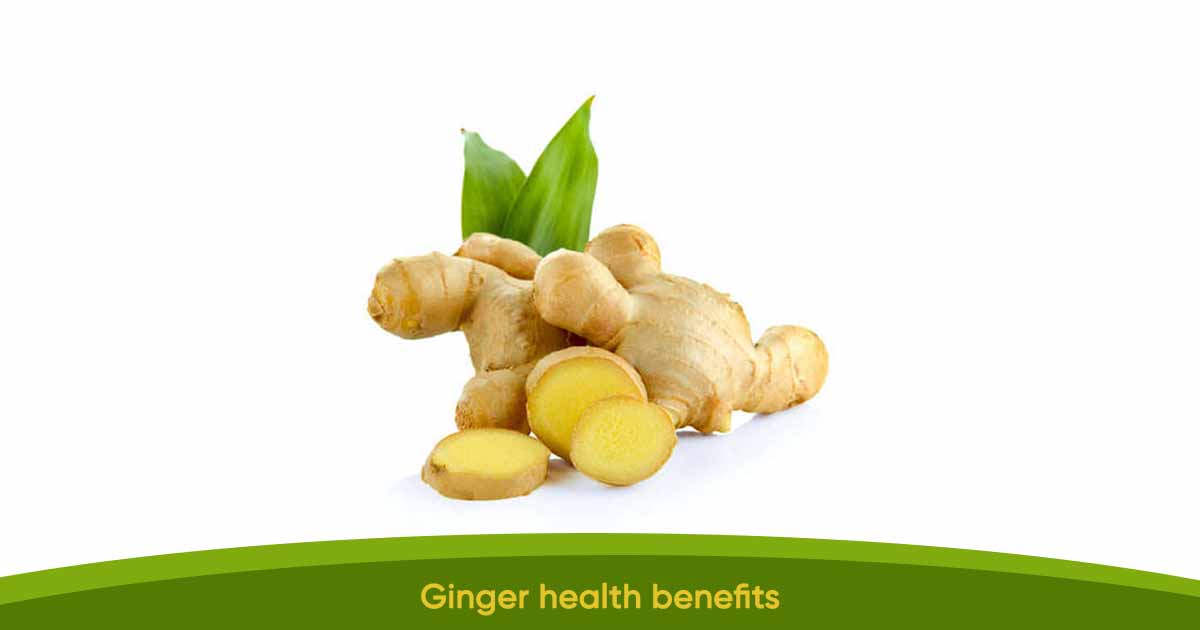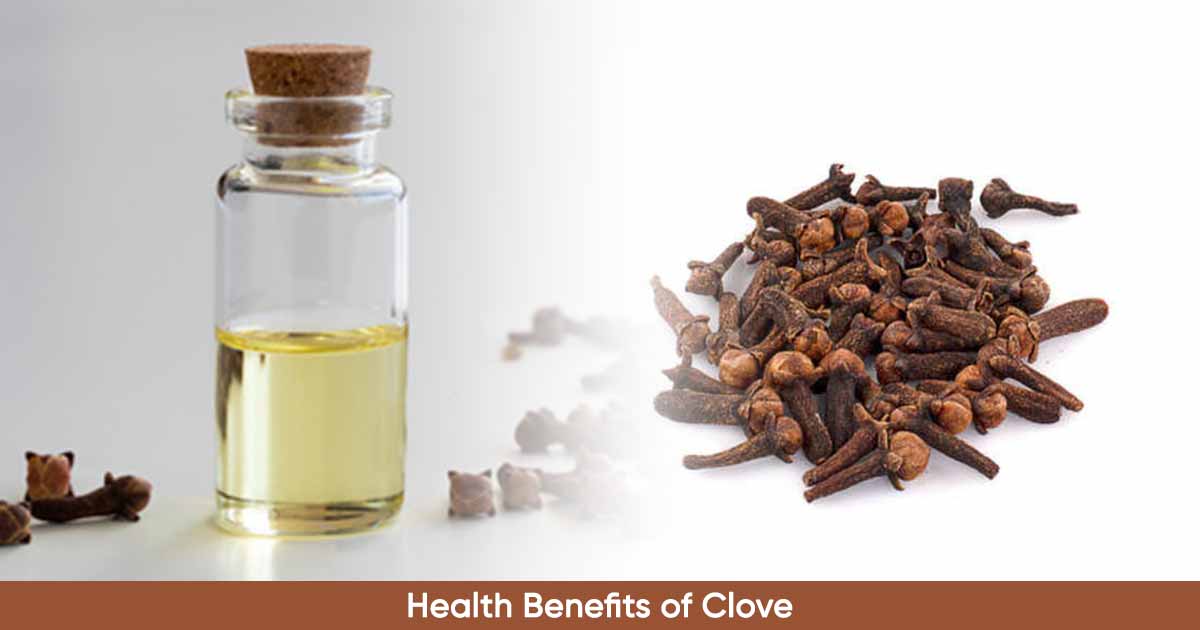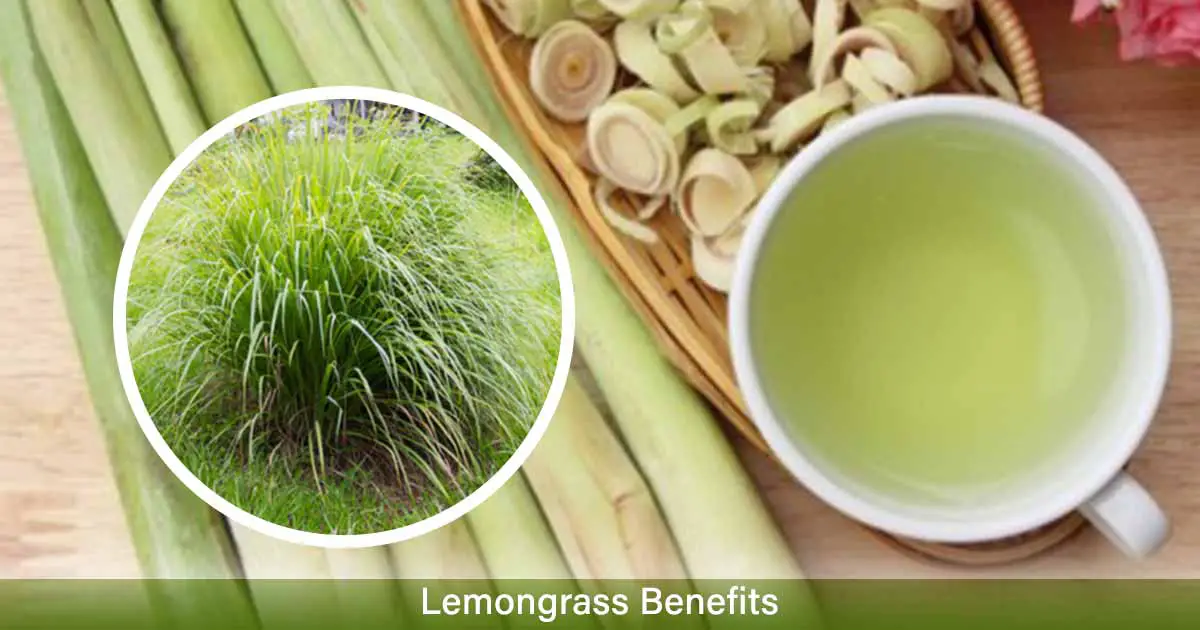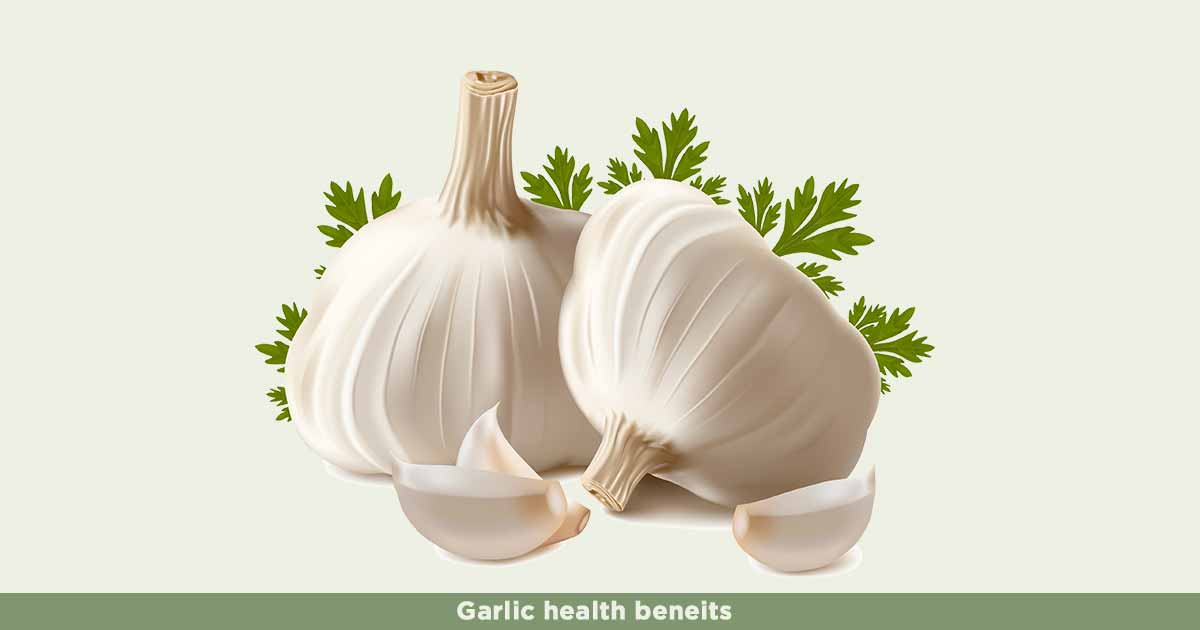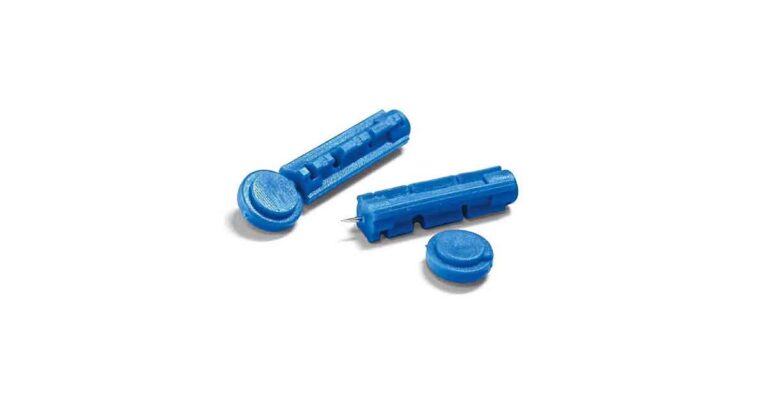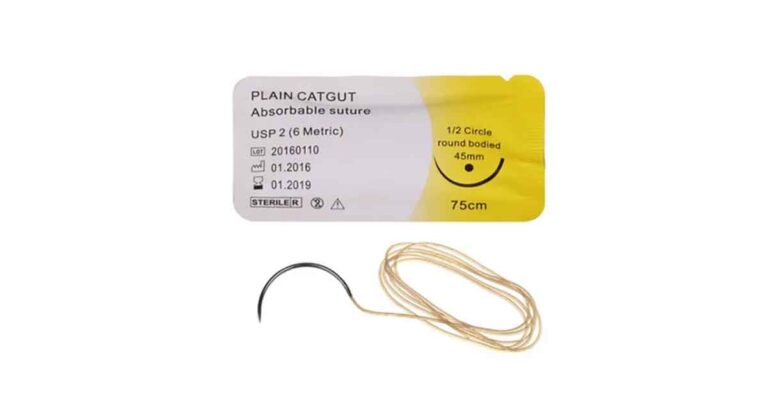Olive tree (Botanical name: Olea europaea) has been cultivated for numerous centuries. They quoted the use of the olive oil in religious scriptures such as the Bible and the Quran. The plant is used to produce both olive oil and table olive, which is an important part of the Mediterranean diet. Though most vegetable oils that are produced from the seed, this oil is from the fruit (drupe).
The European countries such as Spain, Portugal, Italy and Greece are the major producers of olive oil in Europe. Also, the European continent is the major producer worldwide, with a production of 2 million tonnes of the world’s total of 3 million tonnes production annually. They also consume 1.5 million tonnes, which is half of the total production in the world.
They use the oil for purposes such as cooking oil, in salad dressing, in religion such as Christianity and Judaism for anointing and consecration. It is also a good lubricant for kitchenware, and a substitute for machine oil. In the cosmetic industry, it can serve as the base.
Due to rancidity from breakdown of fatty acids when exposed to light or air, store oil such as olive in a cool, dark place or refrigerator after opening.
Types of Olive Oil
There are different types of olive oil, such as:
Extra virgin olive oil, also called evoo oil, is obtained directly from olive by mechanical process, with no heating or chemical. It should have the have the highest quality in terms of taste, colour, smell, feel, be fruity and should have no defect. The acidity must not exceed 0.8%. This oil has the highest quantity of fatty acid (oleic acid) followed by virgin oil.
Virgin olive oil is obtained from olive directly, just as extra virgin oil. It is fruity, but has some defect in taste, smell, color. The acidity should not exceed 2%. Virgin oils contain polyphenols, an important bioactive element.
Olive oil made from refined olive and virgin olive oils: This oil is a mixture of refined olive oil, and extra virgin oil or virgin olive oil. The acidity is less than 1%.
Olive-pomace oil: Mixture of refined olive-pomace oil and extra virgin olive or virgin olive oil. Acidity is less than 1%.
Olive Oil for Refining or Industrial Purposes
These varieties of oil from olive are of low qualities and are rarely sold to customers.
Refined olive oil: Oil made from blending extra virgin olive oil and/or virgin olive oil. It has little or no aroma, flavor, and color.
Lampante olive oil: This is the lowest quality olive that must be refined to remove its defect. It has poor taste, color, and smell because of poor processing and weather condition.
Crude olive-pomace oil: We get a residual paste after the extraction of oil from the olive. They get this oil to get crude olive-pomace oil.
Refined olive-pomace oil: Crude olive-pomace oil is refined and blended with extra virgin and/or virgin olive oils.
Composition of Olive Oil
Approximately 99% of olive is made up of primarily triacylglycerols. The percentage of fatty acids are as 71% oleic and 1% palmitoleic (monounsaturated fats); 10% linoleic and 1% linolenic (polyunsaturated fats); and 13% palmitic, 3% stearic, and 1% arachidic (saturated fats).
Two main hydrocarbons found are squalene and β-carotene. Others are diterpene and triterpene hydrocarbons, n-paraffin. Squalene is part of the reason the oil has health benefits and protective effect against cancers.
READ ALSO: Main Health Benefits of Tangerine Fruit (Mandarin Orange)
Main carotenoids are lutein and β-carotene. Carotenoids and chlorophylls impact the green and yellow color of the oil. Aliphatic and aromatic alcohols such as fatty alcohols and diterpene alcohols exist.
Antioxidants present are polyphenols such as tyrosol, hydroxytyrosol, secoiridoids, and lignans. They give the distinctive smell of the oil. Other phenols are oleuropein, flavones, flavonols, anthocyanins, phenolic acids, phenolic alcohols, hydroxycinnamic acids.
Tocopherols are present. In the ripe fruit, it is in low quantity. Refining the oil also reduce the quantity. Tocopherols have Vitamin E activity.
Nutritional Content in Olive Oil
According to the United States Department of Agriculture (USDA), one tablespoon of the oil contains 500 kJ (119 kcal) of energy. It also contains vitamin E and K, and the mineral iron in minor quantity.
Health Benefits of Olive Oil
The US Foods and Drug Administration (FDA) in 2004 approved a Health Claim which suggested that taking 2 tablespoons (23 grams) of the oil daily can help in preventing coronary heart disease due to monounsaturated fat in the oil.
Heart Diseases: The consumption of this oil may decrease the risk of cardiovascular diseases such as stroke and coronary heart disease. Thus, it can replace other oils such as mayonnaise, margarine, butter and dietary fat that have unhealthy fats.
Antioxidants: Virgin olive oil is rich in phenolic compounds. These phenols have antioxidants that can help the body eliminate free radicals. It can also help to lower blood pressure, and prevent degenerative diseases such as Parkinson’s disease, Alzheimer’s disease.
Diabetes: A study in Spain suggested that those who consume olive oil instead of sunflower oil had less impairment in glucose regulation. Impaired glucose regulation leads to type 2 diabetes.
Extra virgin olive oil will protect people at the risk of cardiovascular disease and diabetes mellitus.
Anti-inflammatory effect: According to studies, taking this oil will lower the levels of C-reactive protein (CRP), the indicator of inflammation in the blood. This lowered C-reactive protein also observed this in patients with HIV and coronary heart disease who consume the oil.
Cancer: Research suggests olive oil may be beneficial and can prevent some forms of cancer such as breast, oral, pharyngeal, digestive and slightly colon cancer. Squalene, a minor constituent in evoo, is thought to have this anti-cancer property.
Cholesterol-Lowering: This oil may decrease total and low-density lipoprotein (LDL) cholesterol, which may cause an increase in the risk of heart diseases, and stroke. Oleic acid and the polyphenols have the anti-atherosclerotic effects.
How to Produce Olive Oil
They harvest the oil from olive groves from October to February. The quality of oil depends on the planting condition, soil, harvesting time and maturation. To avoid fermentation, always take the olives as soon as possible after harvesting.
- Wash the olives with water to remove foreign materials that can affect the taste, smell, or color of the oil.
- Pour the clean olives into a grinder. Make sure you maintain a temperature below 27°C while mixing to guarantee quality of the oil extracted by cold pressure.
- In the decanter, the liquid separate from the solid. The dough from the solid is called olive-pomace.
- The oil can now be stored in a container, especially a metallic container.
Olive Oil Side Effect and Toxicity
This oil is stable at high temperature, but at a temperature above the smoke point (the temperature at which fat breakdown into smoke), it produces carcinogenic substances. The smoke point is 190–207°C.
Also, the polyphenols and phenols that give antioxidant property to the oil are degraded. The beneficial oils Omega-3 and Omega-6 fatty acids are also affected by heating.
References:
- https://agriculture.ec.europa.eu/system/files/2020-03/factsheet-olive-oil_en_0.pdf
- https://www.researchgate.net/publication/289706334_Olive_Oil_Composition
- https://edis.ifas.ufl.edu/pdf/FS/FS282/FS282-D73thqo6gd.pdf



